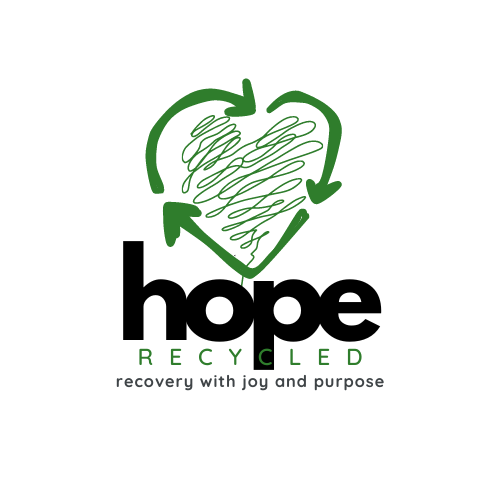I love food. I love to grow it, shop for it, prepare it, share it, and consume it. When I found myself feeding my family the majority of their meals from local food pantries, my love of good food didn’t disappear, but I did find the need to become more creative.
Food pantries in America have their origins in grassroots efforts to combat hunger during times of economic hardship. Here’s a brief history:Early BeginningsThe Great Depression (1930s): The economic collapse of the 1930s saw widespread hunger in the United States. Charitable organizations, including churches and community groups, began distributing food to those in need. These efforts laid the groundwork for modern food assistance programs.World War II and Post-War Era (1940s-1950s): During and after the war, federal government programs like food stamps (introduced in 1939) and surplus food distribution helped address food insecurity. Charitable food assistance continued but was more informal.Formalization and Growth1960s-1970s: The civil rights movement and the War on Poverty brought attention to hunger and poverty. In 1976, St. Mary’s Food Bank in Phoenix, Arizona, became the first official food bank in the U.S., serving as a central hub to collect and distribute surplus food to smaller food pantries.1980s: The economic downturn and cuts to federal welfare programs during the Reagan administration led to increased demand for food assistance. This era saw rapid growth in the number of food pantries and food banks across the country, supported by nonprofit organizations like Feeding America (founded in 1979 as Second HarvestChatGPT can make mistakes. Check important info.
